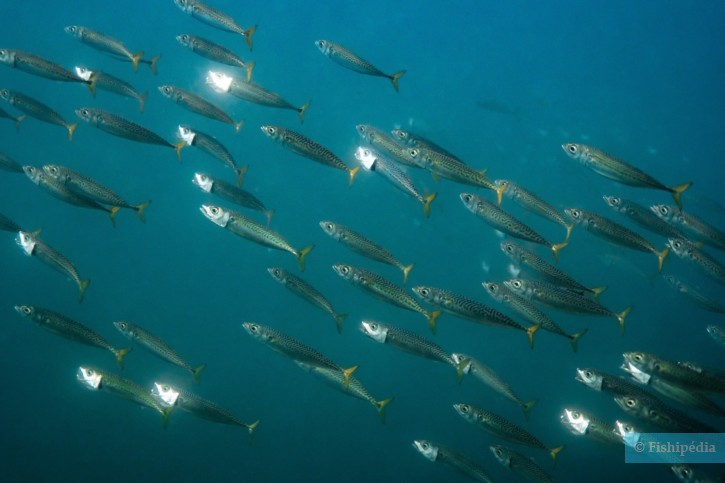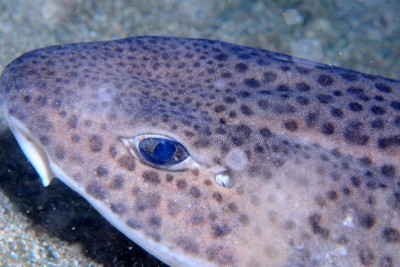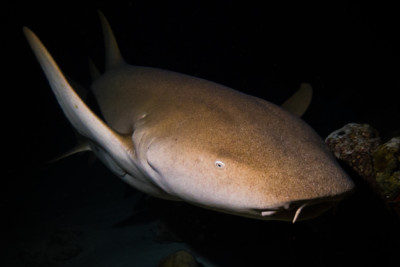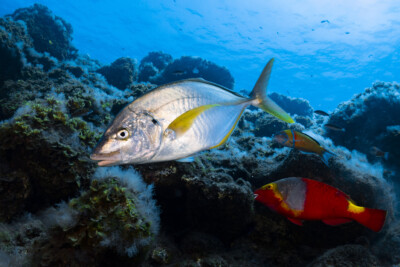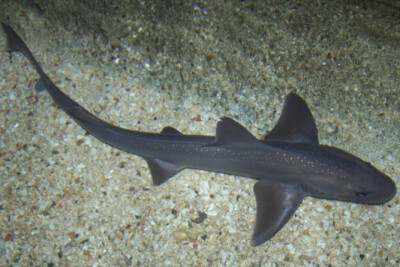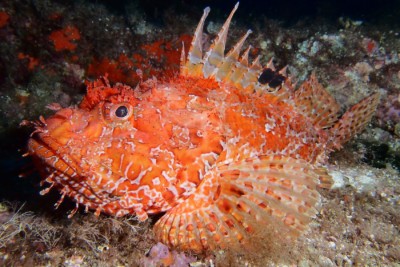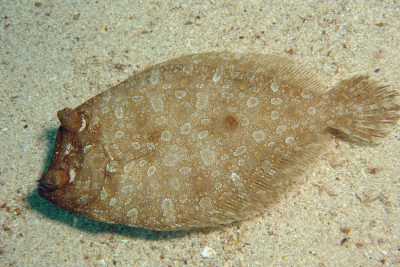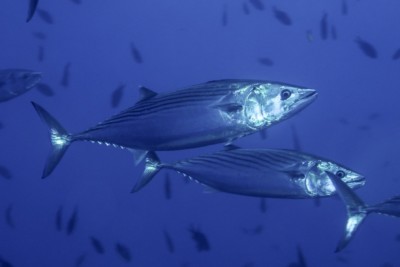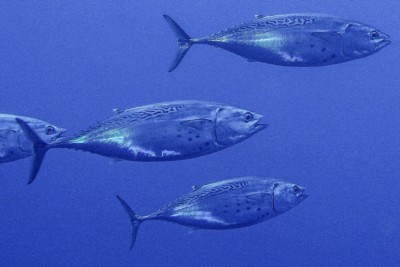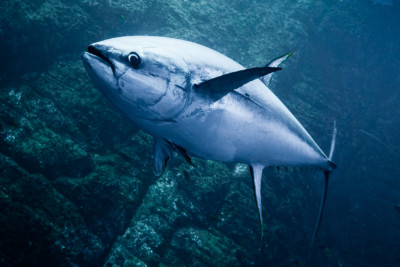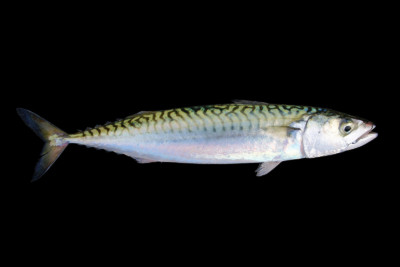atlantic chub mackerel
| Scientific name | Scomber colias |
|---|---|
| Descriptor | Gmelin |
| Year of description | 1789 |
| IUCN category (World) | LC |
| Family | Scombridae |
| Genus | Scomber |
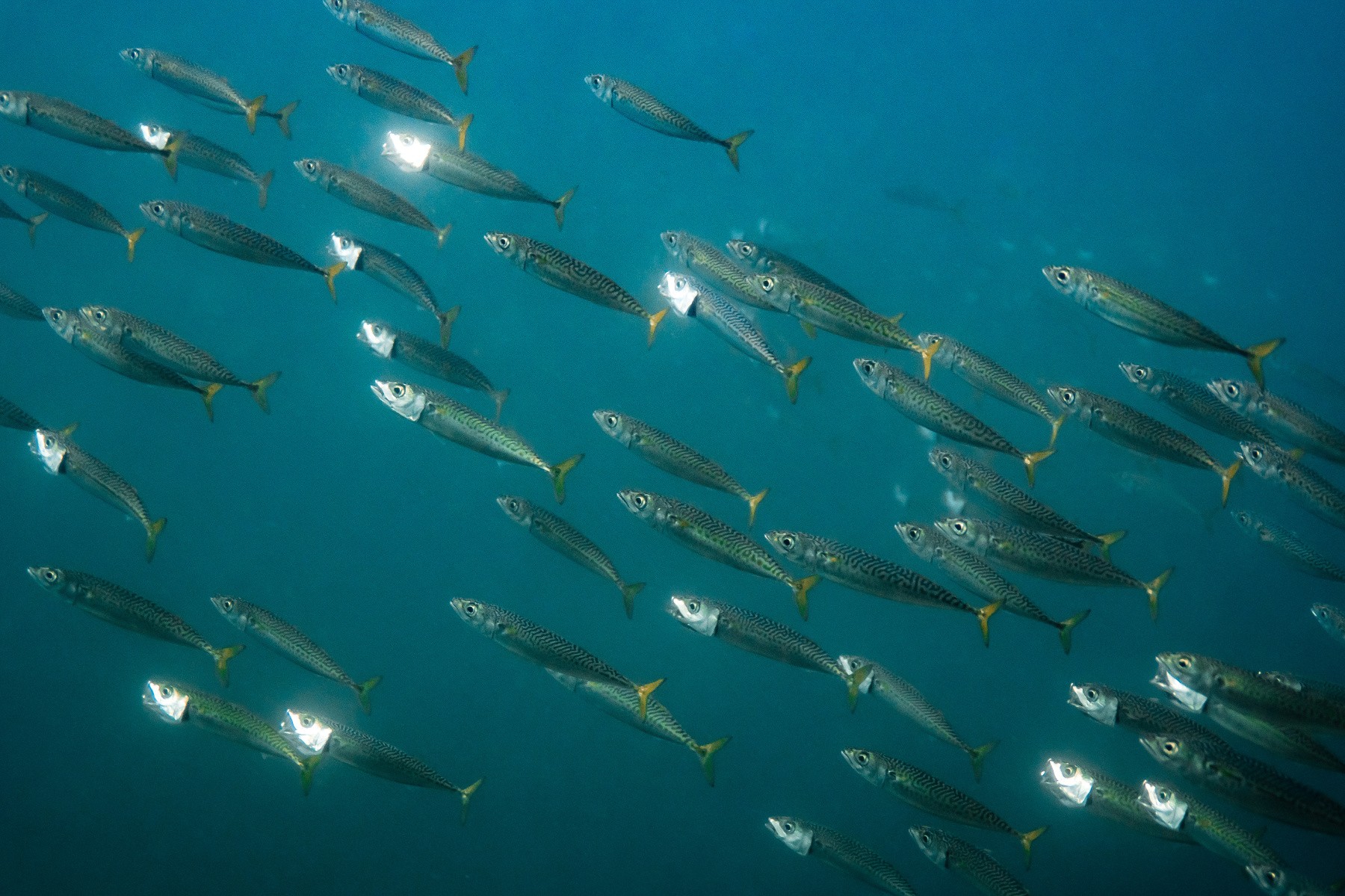

Introduction
Scomber colias, is a species of fish in the Scombridae family. It is commonly known as the Atlantic chub mackerel, a name it shares with Scomber japonicus. It is found in the Atlantic Ocean and the Mediterranean Sea.
This fish is known for its long migrations. It lives in schools in coastal areas, close to the surface. However, in case of danger, it can quickly dive to depths of over 300 meters.
It is often confused with the Scomber scombrus, although it is more marbled. Mainly consumed canned, its flesh is appreciated and rich in omega-3 fatty acids.
It is subject to intensive fishing over most of its range. Its capture mainly occurs at night, using encircling nets that surround the school of fish, attracted to the surface by light. Fishing is subject to strict regulations by the European Union, with any capture of individuals under 18 cm prohibited.
Who is it?
Morphology
-
Average size30 cm
-
Maximum size60 cm
-
Patterntasks
-
Average size30 cm
-
Maximum size60 cm
-
Patterntasks
How to recognize This fish ?
The Atlantic chub mackerel has a slender body, reaching up to 60 cm in length but specimens of over 30 cm are rare, likely due to fishing pressure. It has a pointed snout, and like the common mackerel, the dorsal fins are spaced apart. Ventral fins are present on the front of the body, at the level of the pectoral fins.
The body is covered with small scales, with larger scales at the back of the head and on the pectoral fins. Its swim bladder allows it to quickly dive deep.
The body has a bluish-green coloration with yellowish hues and dark spots along the flanks. The belly and lower part of the flanks are white. It can be mistaken for the common mackerel, from which it differs by its spotted and striped flanks. The eyes are larger and covered with a flap of adipose tissue.
Sexual dimorphism
No dimorphism is observed in this species.
Behaviour & Life cycle
-
dietcarnivorous
-
Sociabilityliving in shoals
-
territorialNo
-
Way of livingnocturnal
The Atlantic chub mackerel is a coastal pelagic species. Adults stay near the bottom during the day, then venture into open water to feed on plankton and small fish at night.
These fish live in schools of individuals of the same size. They undertake large seasonal migrations and come closer to the coast during warmer months.
Reproduction
-
Reproductionovovivipare
-
Migratory speciesYes
The Atlantic chub mackerel is an ovoviviparous fish. Spawning occurs in spring and summer, when the water temperature rises (between 15 and 20°C).
A female can lay up to 400,000 eggs in a single spawning season. The eggs hatch in batches after about a week, they are pelagic and remain at around 20 meters from the surface. Hatching time varies depending on water temperature. Once hatched, the larvae are carried by currents.
This species reaches sexual maturity at a size of approximately 22 cm. Some populations may be caught before reaching sexual maturity, posing problems for species renewal.
Harmless species
This species does not represent any particular threats to humans when encountered in its natural environment.
Origin and distribution

Geographic distribution & Conservation
Scomber colias is more common in temperate waters along the Atlantic Ocean coasts from South Africa to the Bay of Biscay. It mainly occupies the continental shelf. It seems less common in the Mediterranean Sea and in the southern Black Sea.
Conservation status of populations (IUCN)
What is its habitat?
Natural environment characteristics
-
Depth0 - 300 m
-
EnvironmentActive pelagic
Biotope presentation
This species is pelagic and is normally found at depths less than 300 meters. During the day, it lives near the bottom.
It is observed in coastal areas during the warm spring and summer months. During winter, the schools move to depths of 50 to 200 meters, without crossing the continental shelf boundary.
Species of the same biotope
To go further
Sources & Contributions
Participation & Validation
The Fishipedia team and specialist contributors are committed to providing high-quality content. However, although the information comes from scientific sources or testimonials from specialists, the cards may contain inaccuracies.

Silvia Gomez

Benoit Chartrer
Translation
Translation done with the valuable contribution of our translators, who make this information available to a wider audience. We sincerely thank them for their commitment.
Scientific partners
Tags
#Scombridae
#Scomber
#Gulf of Mexico
#Mediterranean Sea
#Black Sea
#Atlantic Ocean: North Coast of Brazil
#Océan Atlantique Est Afrique - Bengala
#Océan Atlantique Est Afrique - Golfe de guinée
#Temperate Eastern Atlantic Ocean
#Océan Atlantique Est Afrique - Transition & Cap Vert
#Gough Island
#Saint Helena
#Cold temperate Northwest Atlantic Ocean
#Northwest warm temperate Atlantic Ocean
#Southwest warm temperate Atlantic Ocean
#Eastern tropical Atlantic Ocean
#Southwest Tropical Atlantic Ocean
#Corsica
#Canary Islands
#Sardinia
#Sicily
Species of the same family
Same genus
Species of the same biotope
